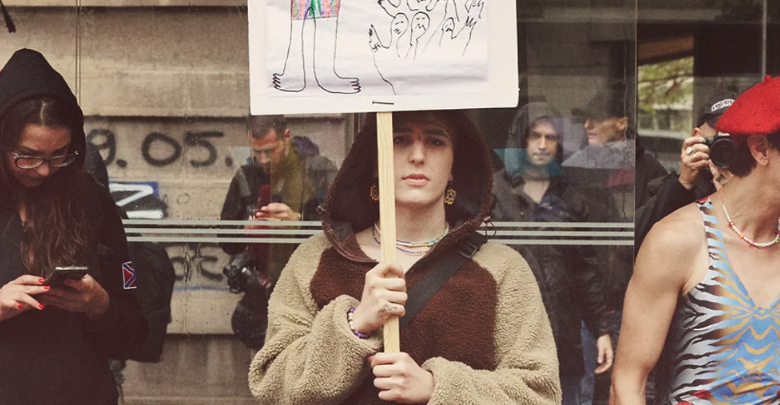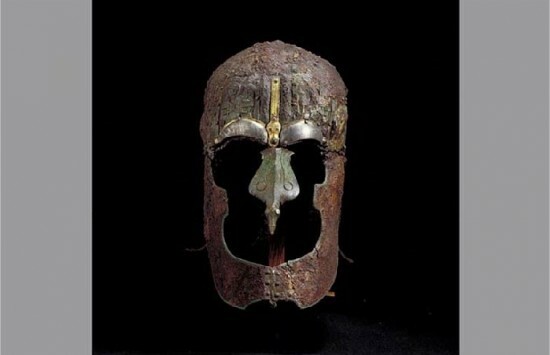-
Titel
-
Warrior helmet from Vendel, Sweden
-
Owner's personal experience
-
This is a 7th Century helmet from an aristocratic boat grave in Vendel, Uppland, Sweden. The grave contained all the attributes for an aristocratic male warrior and leader of the time: e.g. the helmet, weapons, horse equipment, game pieces, cooking/serving vessels, remains of animals such as horses and dogs as well as edible pieces from ham and beef. So far the story is pretty straight. What is interesting from an unstraight perspective is that although the helmet is clearly a male attribute in archaeological contexts, it also appears in Old Norse stories as an attribute of the female Valkyrie or shield maiden*. Valkyries and shield maidens acted within more traditional male fields of the society, not always exactly as men but not as ordinary women either. They crossed borders and bent gender rules, as well as used male apparels. If any women like them existed in reality is unsure but the concept of them existed through stories and myths. For the male warrior the sword was probably the foremost symbol of his identity. For the Valkyrie or shield maiden the helmet was a more important warrior attribute. Putting on a warrior’s equipment was a step in the transformation into another role than the woman’s. The helmet was probably the last paraphernalia to put on and as such it finalized the transformation. Also, helmets like the one from Vendel were mask-like. They did not only function as protection, they also covered the hair and parts of the face. Masks helped you to be and to come across as somebody else than your usual appearance would have allowed. *In the Saga of the Volsungs it is explained that the shield maiden Brynhild “was concerned with helmet and hauberk and went to battle”. The prospective husband Sigurd told her that “The day we wed would be our happiest”. Brynhild, not so interested, replied “ We’re not fated to share our lives together. I am a shield-maiden, wearing a helmet along with warrior kings. I help them and I don’t find battle distasteful” (http://vsnrweb-publications.org.uk/Volsunga saga.pdf, p. 41, 43).
-
Owner's personal response
-
The helmet is a good representative of how objects can have multiple meanings. It’s appearing in male contexts during the Vendel Period and Viking Age, but at the same time helmets carried unstraight connotations and could function as transformative agents, and as such helmets were the foremost symbol for women defying the gender order.
-
ObjectId
-
SE_UNSTRAIGHT_122
-
Typ
-
Autre
-
Other
-
Åtkomsträttigheter
-
accessible to public
-
Status
-
completed
-
Redigerat datum
-
2015-08-13T20:02:54+02:00
-
Skapat datum
-
2013-01-07T21:09:06+01:00


